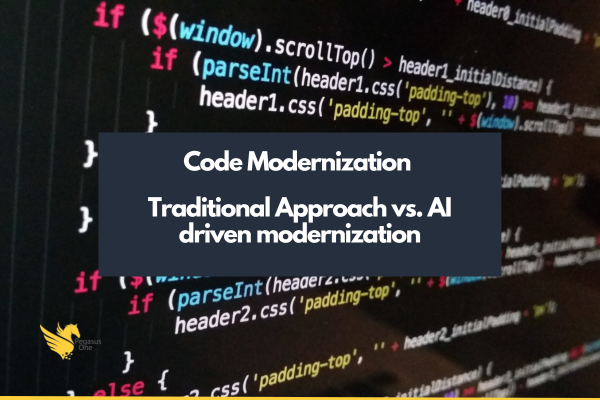Anticipating Software Project Requirements – Part II
This blog is the second part of this series. Read the first part here.
- Utilize Active Listening strategies: Use Active Listening to hear not only the words your customer is saying, but also the complete message they’re conveying:
- Keep your eyes focused on your customer as they speak, ignore any distractions around you (or in your head!)
- Use your body language to demonstrate that you’re listening (nod, smile, etc.)
- Don’t interrupt or ask questions until they are finished speaking.
- When you respond to them, repeat what they’ve said to you (“What I hear you saying is. . .”) to confirm your understanding, and ask question that clarify points on which you’re unclear
- Listen for cues: As you communicate with the client, watch and listen for subtle cues that reveal more than they may be telling you about:
- Pain points – Small complaints might generally go unnoticed if they are hidden in an email exchange, etc.
- Desires – These could be a customer’s “nice-to-have” features and functionality, rather than their “must-haves.”
- Unstated goals – Keep an eye out and capture what the customer may implicitly expect from the solution
- Assumptions – What does your client take for granted about the project/solution, and how can you uncover that?
- Account for user roles: Review each function or feature of the solution from the vantage points of different user types (accounting, marketing, administration, field sales, HR, etc.) to get a fuller perspective on how their goals and objectives will be impacted by the solution.
Navigating knowledge gaps during a development project is difficult, and not a good use of anybody’s time. Asking probing and leading questions during the discovery phase of the project can help highlight additional requirements, uncover blind spots, pinpoint budget shortfalls, and provide valuable guidance to stakeholders who may need outside perspective on what will truly be required to bring their vision to life.










